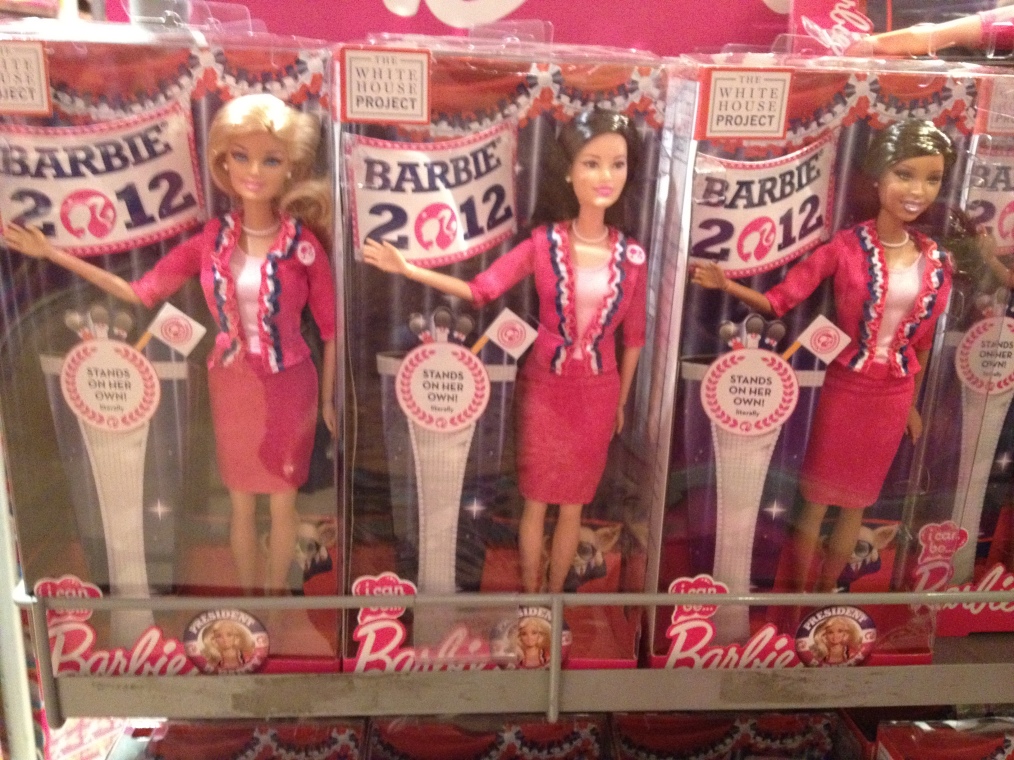2008 was almost too much for people like me who study women in politics. Can we reminisce for a moment? Hillary Clinton, former first lady and senator of New York almost won the democratic nomination for president. Sarah Palin, whose name many of us didn’t even know how to pronunciate at first burst onto the scene as gun-toting mother of five who looked more than a little like Tina Fey.
I wrote two books, Almost Madam President: Why Hillary Clinton ‘won in 2008 and Gender and the American Presidency: Nine Presidential Women and the Barriers They Faced (co-authored with Ted Sheckels and Diana Carlin) blogged and commented to my heart’s content. It was a very good time. But now, with no woman on the ticket in 2012, where can we look to gain clues about how women will advance in politics absent a woman on a national ticket?
Until the election I will identify the significant women of 2012 in upcoming blog posts and consider their impact on the election.
Who are they? The wives of the candidates? Secretary of State Clinton? Governors? Senators? Candy Crowley, the debate moderator? What about the women political pundits? Can they be a voice for women? You’ll have to read my blog to see what I uncover.
I’ve been thinking that the progress for women gained in 2008 (and before) must not be lost even in an election cycle barren of women candidates.
Don’t tell me that the only woman representing a candidate is the one in the box for sale at Toys R Us!
Stay tuned!

